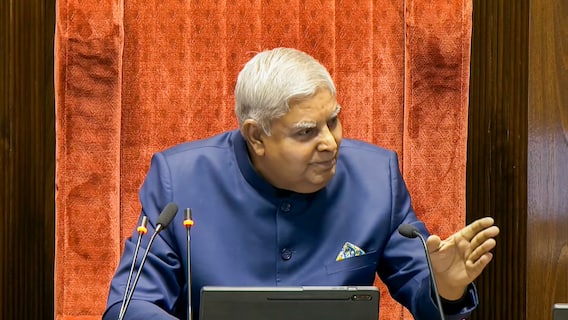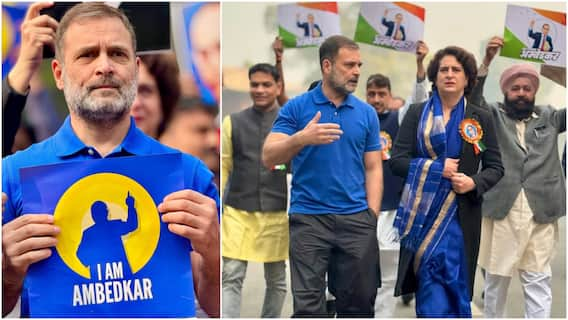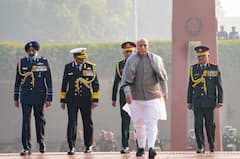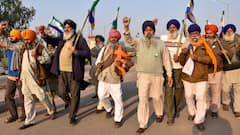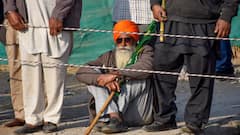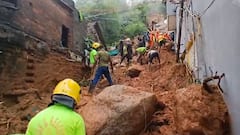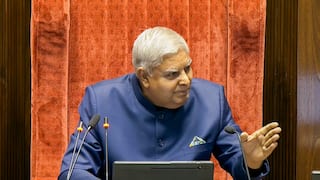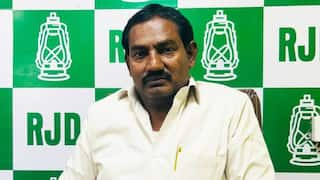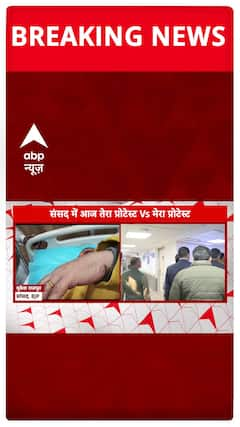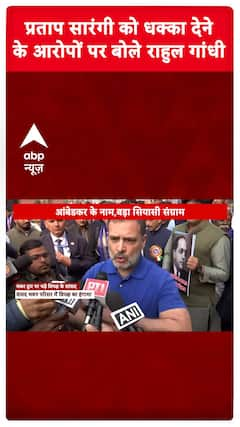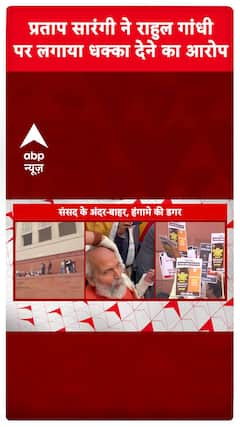Voters In Northwest India To Brave Sweltering Heatwave For Phase 6 Of Lok Sabha Polls
As per the official report, the intense heat is anticipated to persist in parts of Delhi, Rajasthan, Punjab, Haryana, Chandigarh, west Uttar Pradesh, and west Madhya Pradesh until May 28.

A sweltering heat wave scorched northwest India and some parts of the central region on Friday, with Rajasthan's Phalodi recording the year's highest temperature at 49 degrees Celsius. As per PTI's report, the official data confirmed that at least 23 places in Punjab, Haryana, Rajasthan, Uttar Pradesh, Gujarat, and Madhya Pradesh marked maximum temperatures of 45 degrees Celsius or above on Friday.
The intense heat is anticipated to persist in parts of Delhi, Rajasthan, Punjab, Haryana, Chandigarh, west Uttar Pradesh, and west Madhya Pradesh until May 28, meaning voters will face extreme temperatures during the sixth phase of the Lok Sabha elections on Saturday.
Approximately 11.43 crore people are eligible to vote in this phase, with polling across 58 seats in eight states and Union territories.
Heatwave: Rajasthan's Phalodi Records 49°C, Year's Highest Temperature So Far
In Rajasthan, Phalodi attained a high of 49 degrees Celsius, the hottest so far this year. Other notable temperatures included Jaisalmer and Barmer at 48.3 and 48.2 degrees, respectively, Akola and Jalgaon in Maharashtra at 45.8 and 45.4 degrees, and Ratlam and Rajgarh in Madhya Pradesh at 46.2 and 46.3 degrees.
Maximum temperatures also marked 45.4 degrees in Haryana's Sirsa, 44.8 degrees in Punjab's Bathinda, and 45.5 degrees in Gujarat's Ahmedabad and Gandhinagar.
The Met office issued a 'red' alert for Rajasthan, Punjab, Haryana, Chandigarh, Delhi, west Uttar Pradesh, and Gujarat, highlighting a "very high likelihood" of heat-related illnesses and heatstroke across all age groups.
Warm night conditions are expected to intensify heat stress in Uttar Pradesh, Punjab, Haryana, Delhi, and Rajasthan over the next four days. High nighttime temperatures are particularly dangerous because they prevent the body from cooling down, an issue exacerbated in cities due to the urban heat island effect.
The extreme heat is straining power grids, drying up water bodies, and causing drought-like situations. The Central Water Commission reported that water storage in 150 major reservoirs in India hit its lowest level in five years last week, worsening water shortages and affecting hydropower generation.
In Delhi, water levels in the Yamuna River have dropped, impacting the water supply. Power demand in the city reached a record 8,000 megawatts on Wednesday as air conditioners, coolers, and refrigerators worked overtime.
India Reported 3,812 Heat Wave-Related Deaths Between 2015 And 2022
Severe and frequent heat waves are particularly challenging for low-income households with limited access to water and cooling. Outdoor workers, the elderly, and children are at higher risk of heat exhaustion and heatstroke. According to the World Health Organization, more than 166,000 people died due to heat waves between 1998 and 2017.
Anna Walnycki of the London-based International Institute for Environment and Development underscored "Low-income households have limited capacity to adapt to extreme heat because of poor access to water and electricity. In addition, the design and construction of informal houses often mean there is poor ventilation and little shelter from extreme heat."
India reported 3,812 heat wave-related deaths between 2015 and 2022, with Andhra Pradesh alone accounting for 2,419 fatalities, the government informed Parliament in July last year.
According to Shyamal Santra of the NGO Transform Rural India, students accomplish worse in-class tests when they experience a 'hot school year' compared to a 'cool school year'. "With 15 per cent of government schools in India not having a functional electricity connection and many being single-classroom schools, heat waves disproportionately affect rural educational outcomes," he said.
The absence of adequate cold-chain infrastructure means extreme heat can damage fresh produce, leading to food losses worth USD 13 billion annually, with only 4% of fresh produce covered by cold-chain facilities.
Trending News
Top Headlines






